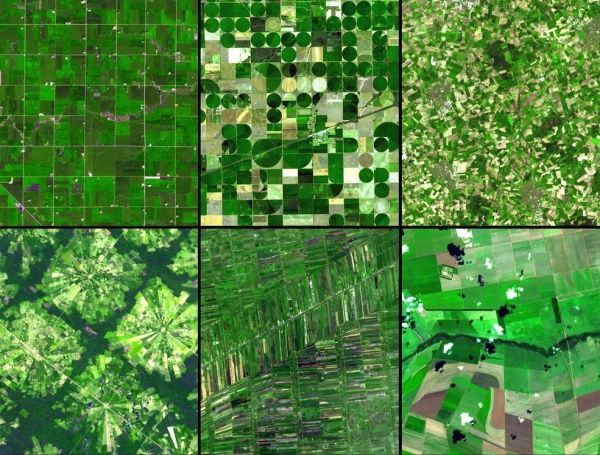The Earth is heating up. The effects of human-caused global climate change are becoming more and more apparent as we see more record-breaking heat waves, intense droughts, shifts in rainfall patterns and a rise in average temperatures. And these environmental changes touch every part of crop production.
NASA, along with partner agencies and organizations, monitors all of these environmental changes happening today. In addition, NASA uses advanced computer models that pull in satellite data and then simulate how Earth’s climate will respond to continued greenhouse gas emissions in the future. Researchers do this for a range of future scenarios – and then they use the resulting climate projections to see how climate change will affect global agriculture.
“When we look at future climate change, it's not the same as the current hot years that we experience,” said Alex Ruane, co-Director of the Climate Impacts Group at NASA’s Goddard Institute for Space Studies (GISS) in New York City. He coordinates and leads the climate team for the Agricultural Model Intercomparison and Improvement Project (AgMIP), an international project connecting climate science, crop modeling and economic modeling to look at the potential future of crop yields and food security.
Continue reading at NASA Goddard Space Flight Center
Image via NASA Goddard Space Flight Center


